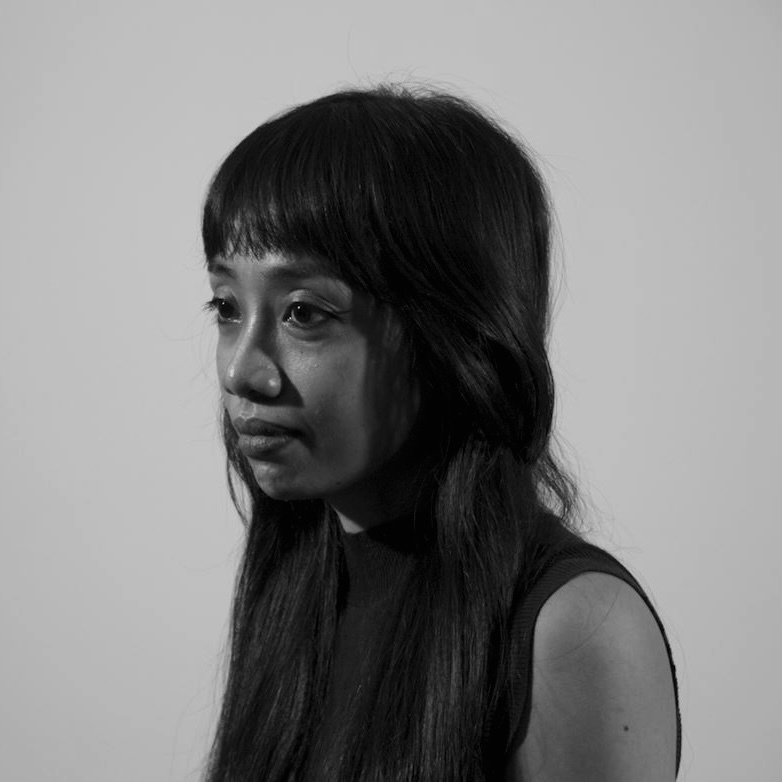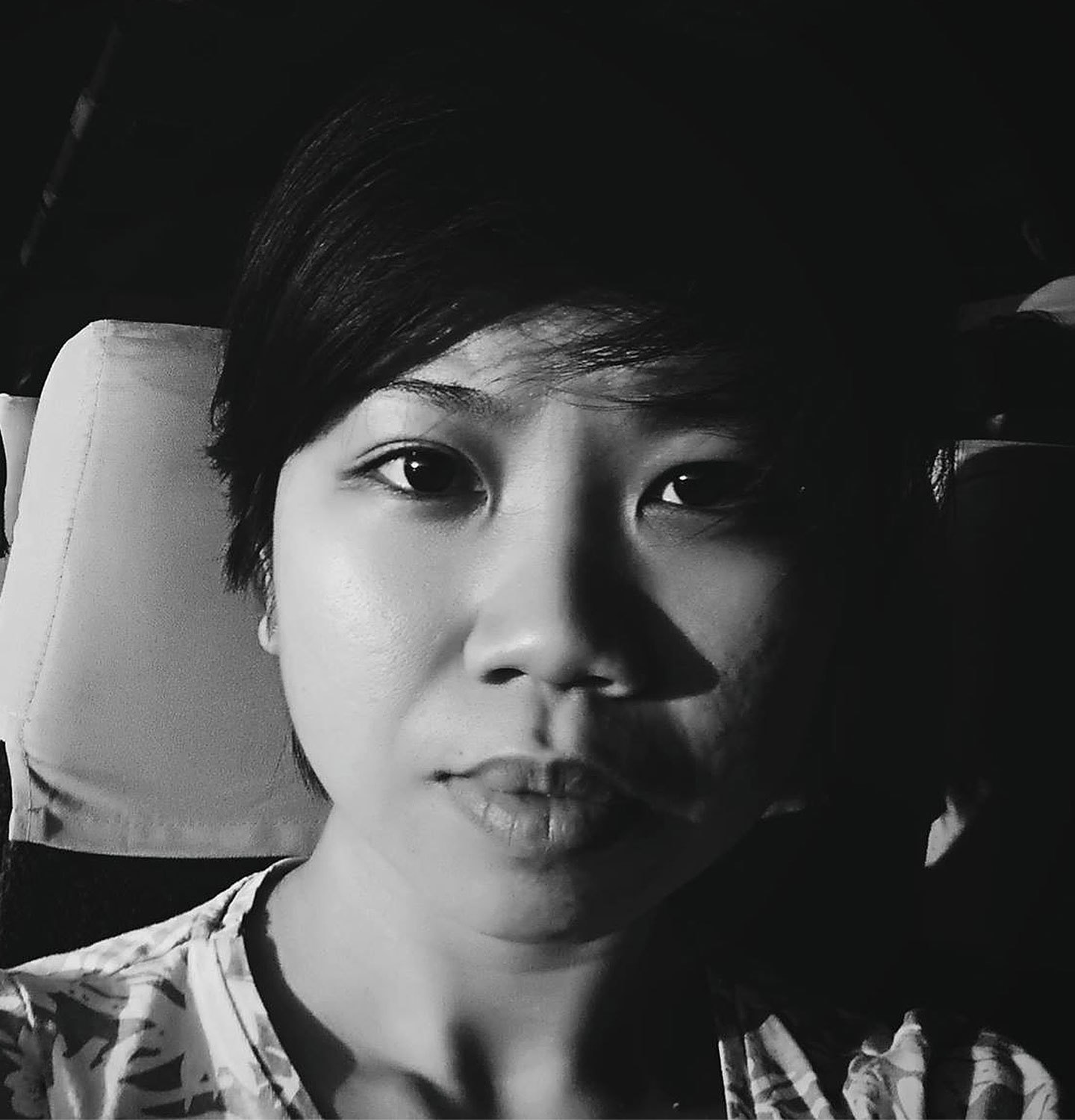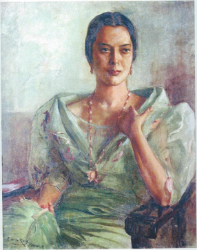As much as he resisted categorizations, Santiago Bose identified as a magician. Born and raised in the Cordillera region, he frequently invoked the symbol of the anting-anting in his practice, charging his works with the potent spirit of local mythology and history. But his act did not end in summoning the power of the talisman. Known for his experimental approach in mixed-media art, Bose worked to combine the conflicting forces of the indigenous and the global, the colonized and the empire in a constellation of various materials which appear as if, always, in the process of becoming.
Highly aware of Bose’s impulse to conjure worlds in flux, the exhibit “Spirited Traces” parsed the artist’s singular form and language according to the manner he approached the surface: installation, cross-reference, inscription, collage, and palimpsest. This followed the curatorial thrust of the two earlier installments on the Bose exhibition project, which gradually unfurled his decades-long art career through first, identifying his creative stimuli, then second, mapping his sites of engagement.
The third and final show of the project, "Spirited Traces" focused on how Bose recast existing objects, tools, and images to “carnivals of hybrid meanings.” (Flores, 2002) The Installation section of the exhibit, which mounted three wooden panels, was a fitting introduction to the artist’s visual vocabulary. A hand drawing of symbols and letters, which almost culminated into a map, was disrupted by images of religious icons pinned between interweaving bamboo slivers. Meanwhile, cut-outs of newspapers, accidental paint streaks, and deep scratches mottled the surface of the plywood. Such unpremeditated combination of bric-a-brac defined Bose’s signature improvised, knows-no-bounds aesthetic.
Beholden to no authority nor ideology, Bose confidently moved from one social context to another. In Cross-reference, he allowed the pictorial plane to be thick with Catholic iconographies, Filipino pastoral scenes, relics, and political figures. An initial survey of this section intimated Bose’s anti-imperialist convictions as seen in his mockery of men-in-suits in La Peril Jaune, and his interpretation of first-generation Filipino migrants in The Letter Song for Manongs Series (1988). But elsewhere, he rendered Filipinos’ reverence to nature in Mount Banahaw (2002), Carabao (1985), and Medicine Man (1978). Personifying the sun as a child in the womb and impressing Jesus Christ’s figure in the terrain, Bose melded the folk and the Christian as if to heighten the holy mountain’s sanctity.
Now channeling the spirit of a shaman, Bose wielded amulets, incantations, and ancient scripts to exorcise the force of evil afflicting societies and nations in Inscription. Juan Tamad’s Amulet (1999), complete with occult references, attests to Bose’s reputation as an anting-anting maker. The same design figured in Barikada (1998), a folk reimagination of the makeshift barricade activists had mounted against state agents amid the impending declaration of martial law in 1971.
“Spirited Traces” took a nostalgic turn in Collage. His work Welcome to Baguio, a warm homage to Bose’s hometown of Baguio, is a collection of snapshots taken across the province, gathered to make out the image of a pine tree in the center, as if holding the city together. The forest and the cityscape present in Untitled (1976), Year of the Pig (1983), and Untitled (2000) emerge as if drawn from memory—imperfect, hazy, yet densely annotated.
Bose took the risk of constantly remolding, scratching, inscribing, and layering the objects and images to materialize a palimpsestic surface. Hands dipped in red paint were impressed upon an archival photograph in Untitled (2000), yet the traces of the photo still revealed themselves. This ingenious approach towards the material, as observed by Alice Guillermo, is how Bose animated the political tensions present in a society rife with contradictions (2000).
Living in the highlands of Cordillera while globalization was encroaching on native culture, Bose carved out an art practice out of both neo- and postcolonial contexts. His attitude towards the empire, and his intimations of how to resist it, were unraveled in “Spirited Traces.” Bose knew exactly how to confront the country’s ruinous history. He reactivated the power of the folk to subvert colonial histories and imagery, even almost approaching the point of absurdity. In a ritual-like gesture, too, the artist scraped, scribbled, fired, and mixed his materials to conjure a world where the colonizers were subject to the piercing gaze and scrutiny of the viewer. In the spirit of the magicians and tricksters in folklore, he risked destroying the universe to make a clearing from which we can create our world anew.
At the gallery’s center, Bose’s personal possessions and studio materials were gathered and laid out on tables as though in an attempt to demand the artist’s presence. But perhaps “Spirited Traces” did summon Bose, and his presence is telling us that nothing is final and, like his works, the world is in the process of becoming; it is always up to change.
References:
Flores, P. (2002). Postcolonial Sufferance. Številka, 13(2), 102. Guillermo, A. (2000). SANTIAGO BOSE: Renewing Historical Memory. Asian Art News. https://cdn.aaa.org.hk/_source/gp-00008.pdf.







